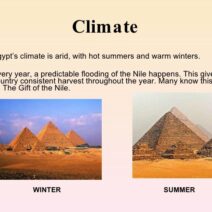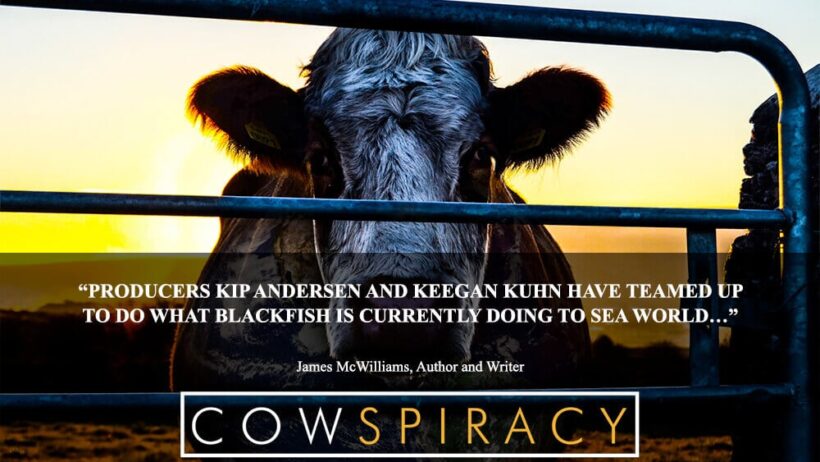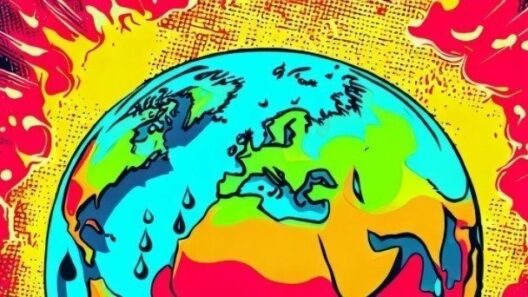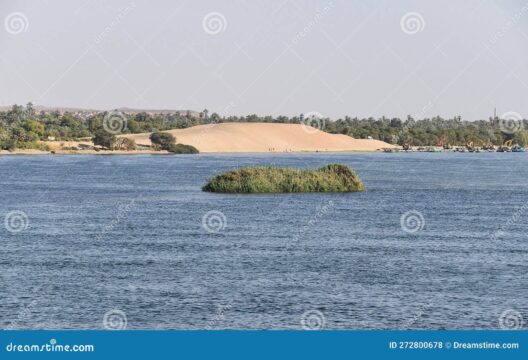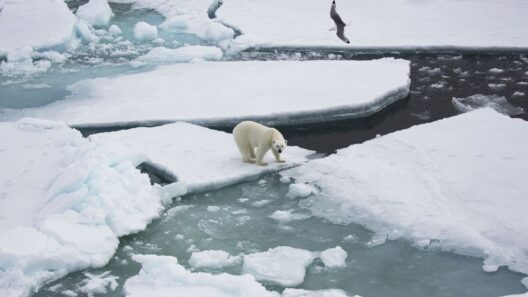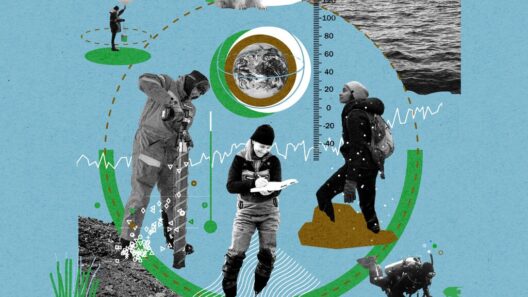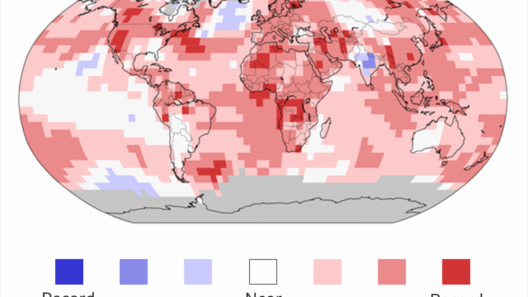The intricate relationship between agriculture and climate change has garnered increasing attention in contemporary discourse, particularly focusing on livestock farming. Among the candidates for scrutiny, cattle farming has emerged as a stark focal point, partly due to the immense environmental impact attributed to cows. This exploration into the role of cows as potential villains behind global warming warrants a thorough dissection of their effects on our planet, the underlying biological mechanisms at play, and the shifts in global perspectives that emerge from this inquiry.
First, let us delve into the substantial contributions of cattle to greenhouse gas emissions. It is widely acknowledged that cattle are significant producers of methane, a potent greenhouse gas that is approximately 25 times more effective at trapping heat in the atmosphere than carbon dioxide over a 100-year period. Methane is produced during the digestive process of ruminants through a process known as enteric fermentation. As cows digest their primarily plant-based diets, methane is generated and subsequently expelled, predominantly through belching.
Consider this: the global population of cattle has swelled to over 1.5 billion. Each animal contributes significantly to the methane emissions that exacerbate global warming. The Food and Agriculture Organization (FAO) estimates that livestock, including cows, are responsible for about 14.5% of all anthropogenic greenhouse gas emissions. This figure is staggering, especially when juxtaposed against other sectors, such as transportation. The livestock industry has implications far beyond merely feeding an ever-growing population; it implicates itself deeply in ecological degradation.
However, the narrative surrounding cows extends beyond mere emissions. Land use is another critical dimension. Cattle farming requires extensive pastoral land, resulting in deforestation, habitat loss, and degradation of critical ecosystems. The conversion of forests to pasture for grazing disrupts local biodiversity and releases stored carbon in trees, further intensifying climate change. Countries like Brazil exemplify this phenomenon, where vast swathes of the Amazon rainforest have been razed to accommodate beef production, representing a grievous loss not only for carbon sequestration but also for the myriad species that inhabit these vital ecosystems.
An often-overlooked aspect is the water footprint associated with cattle farming. The raising of cows consumes an extraordinary volume of water. Estimates suggest that producing one kilogram of beef can require upwards of 15,000 liters of water. This water is not only used for hydration of the cattle but also for cropping feed crops, cleaning, and processing the meat. In regions already facing water scarcity, the demands of cattle farming further complicate local economies and ecosystems and underscore an unsustainable practice that threatens long-term food security.
Faced with these stark realities, one may rightfully ponder: what sustainable alternatives exist? The prospect of re-evaluating our dietary choices is an emerging conversation. Plant-based diets have gained traction, with numerous studies suggesting that reducing meat consumption can significantly diminish one’s carbon footprint. The environmental benefits of embracing a more plant-centric diet can be profound, resulting in lower greenhouse gas emissions, conservation of critical water resources, and a reduction in deforestation pressures.
Moreover, the discourse surrounding regenerative agriculture presents an intriguing counter-narrative to conventional cattle farming. This method seeks to enhance soil health and sequester carbon through practices such as managed grazing and cover cropping. Grazing livestock can potentially contribute to carbon sequestration if managed correctly. While this approach might not solve the crux of the issue, it does frame cattle within a narrative of potential climate resilience rather than merely as villains in the climate crisis.
As society grapples with the complexities of climate change, a commitment to innovation is requisite. Technological advancements pave a path toward more sustainable livestock practices. These include genetic improvements for lower methane production, better feed formulations that increase digestion efficiency, and even innovative solutions such as harnessing methane for energy use. These initiatives represent a synthesis of ancient animal husbandry wisdom with modern scientific ingenuity.
However, the fundamental question remains: are we as individuals prepared to recalibrate our choices in light of this knowledge? The responsibility extends beyond agriculture; consumers wield power in their purchasing behaviors. Collective shifts in dietary habits can induce significant changes in market demand, prompting producers to adapt their practices in line with sustainable principles. Educational campaigns can serve to illuminate the environmental consequences of dietary choices, fostering a culture of mindfulness around food consumption.
Additionally, engaging in local and global dialogues surrounding climate solutions can engender significant awareness. Hosting forums, advocating for policies that prioritize sustainability in agriculture, and supporting legislation aimed at reducing greenhouse gas emissions from the livestock sector are vital actions. Societal collaboration, governmental action, and educational initiatives can pivot this narrative towards a more resilient future.
In conclusion, cows are at the nexus of a multifaceted dilemma encompassing agriculture, climate change, and biodiversity loss. The evidence is compelling: their contributions to greenhouse gas emissions, water usage, and deforestation compel a reassessment of our relationship with cattle farming. Yet, solutions abound—encompassing dietary shifts, technological innovations, and ecologically sustainable practices—that promise a potential shift in perspective. Through informed choices and united efforts, we hold the power to mitigate the brown specter of climate change and foster a sustainable future for generations to come.


